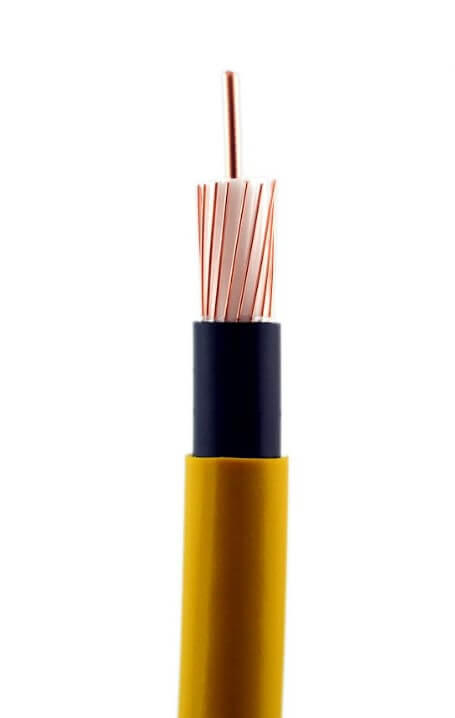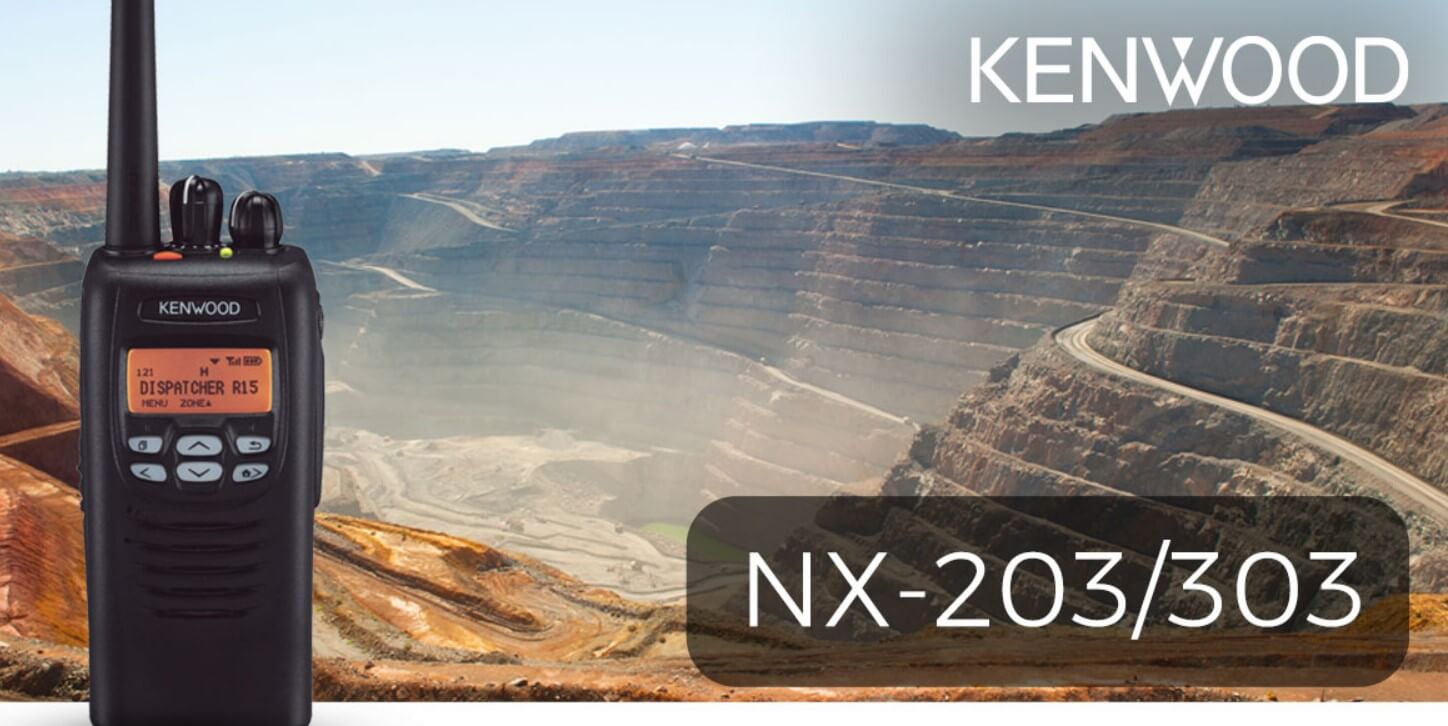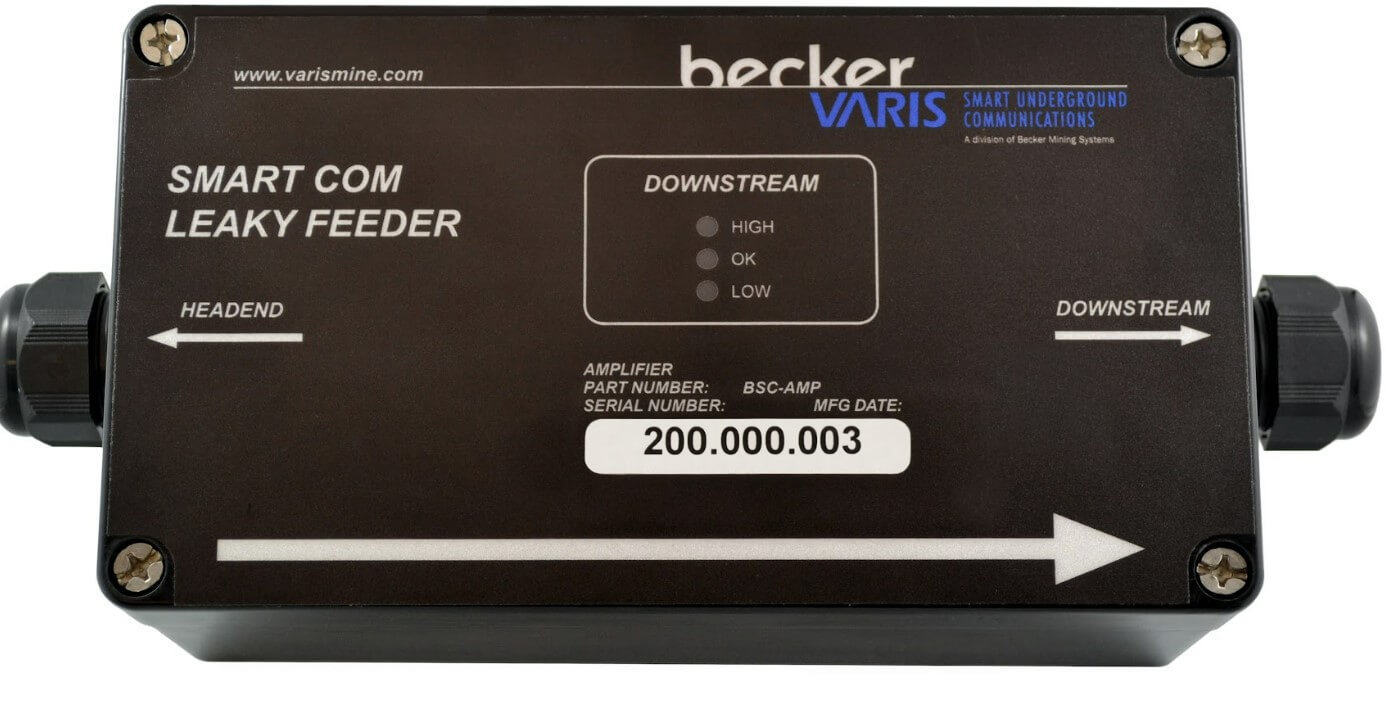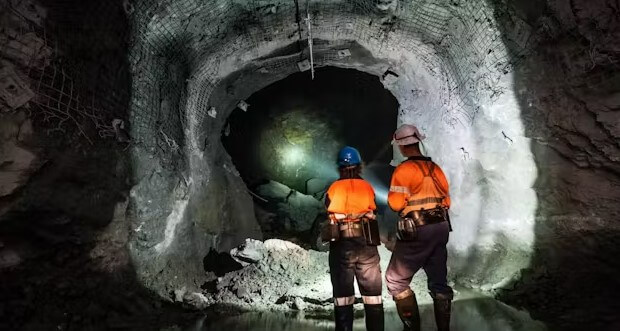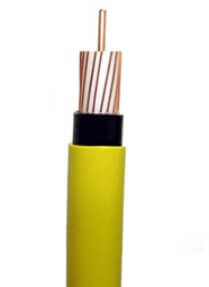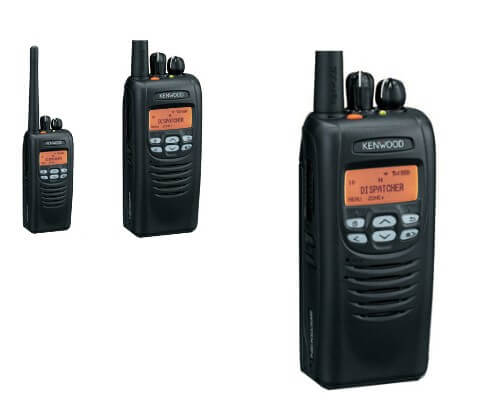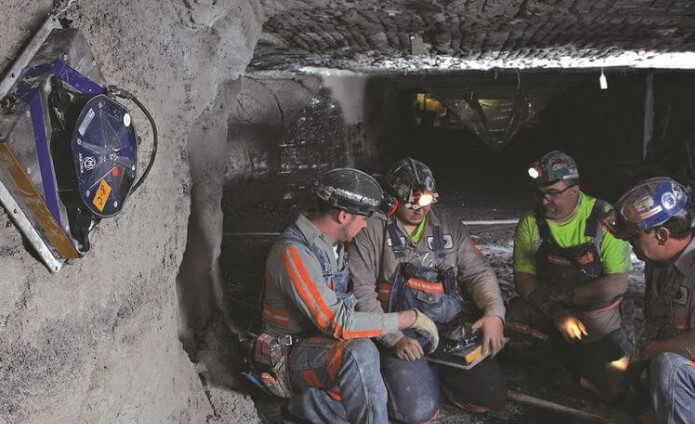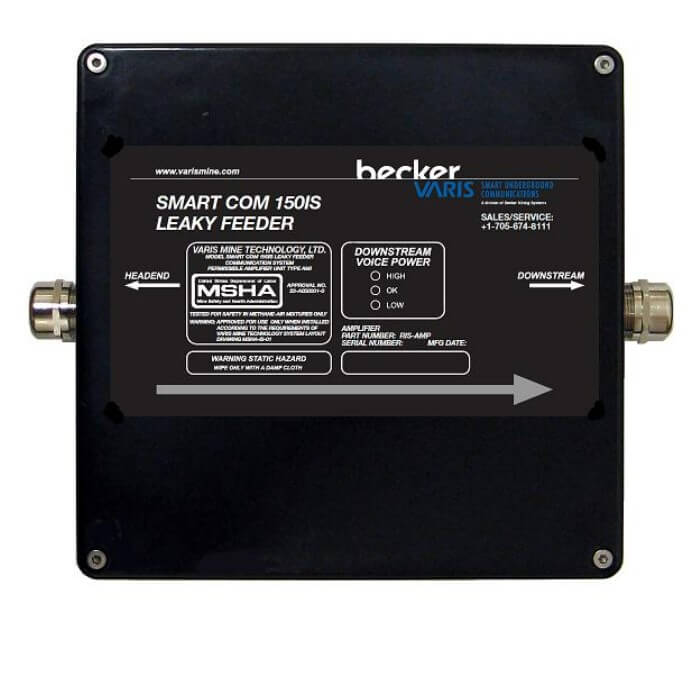In underground mining operations, effective communication is crucial for safety, productivity, and operational efficiency. Traditional radio systems often struggle to provide clear and reliable communication in deep mines due to obstructions like rock walls and long tunnels. This is where the Leaky Feeder Radio System comes in as a game-changer. Designed specifically for underground environments, these systems ensure seamless and uninterrupted communication between workers and control centers. In this article, we will explore the key benefits of a Leaky Feeder Radio System and why it is an essential investment for any mining operation.
Key Benefits of a Mine Leaky Feeder Radio System
